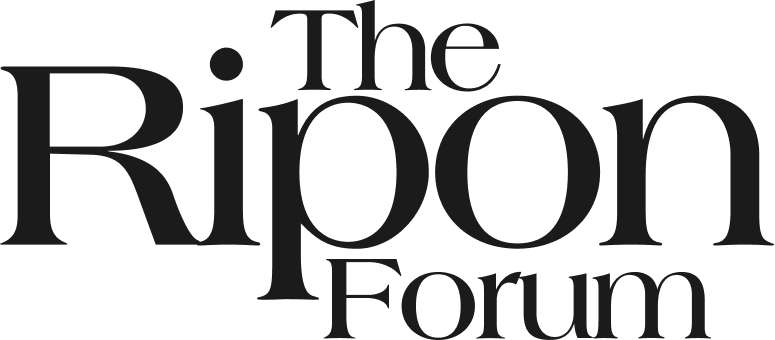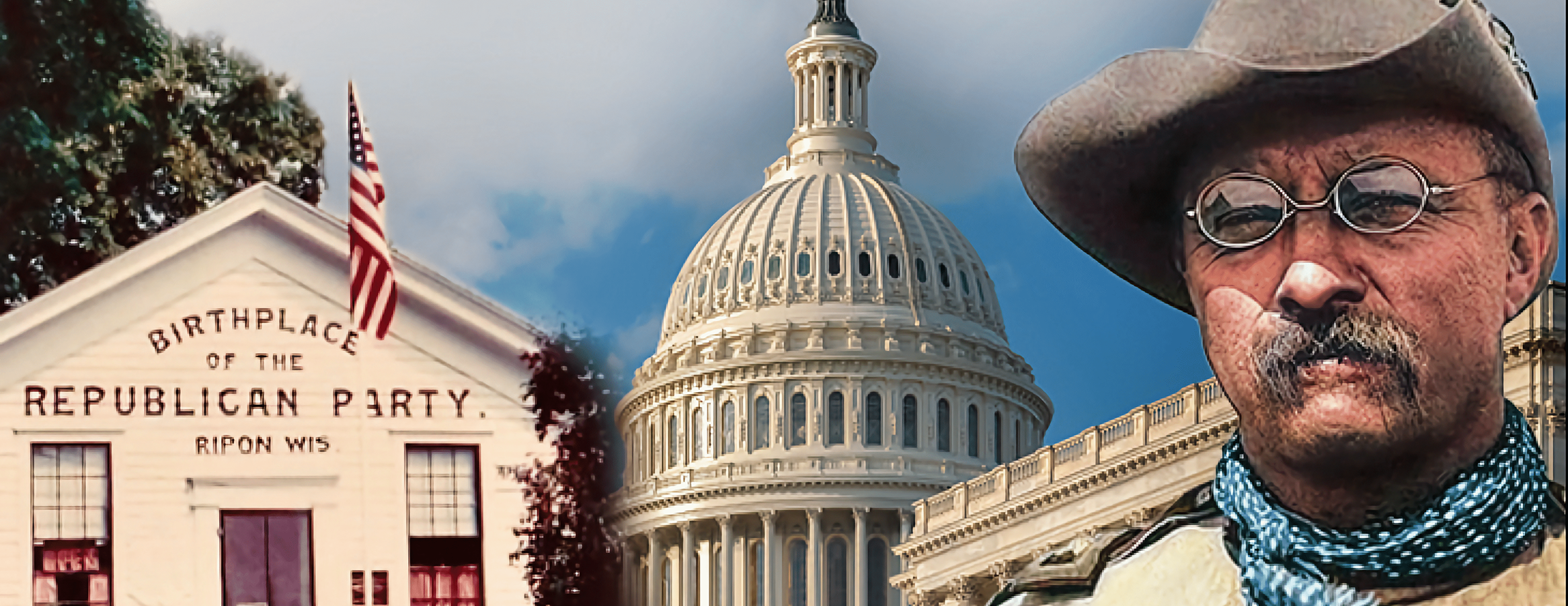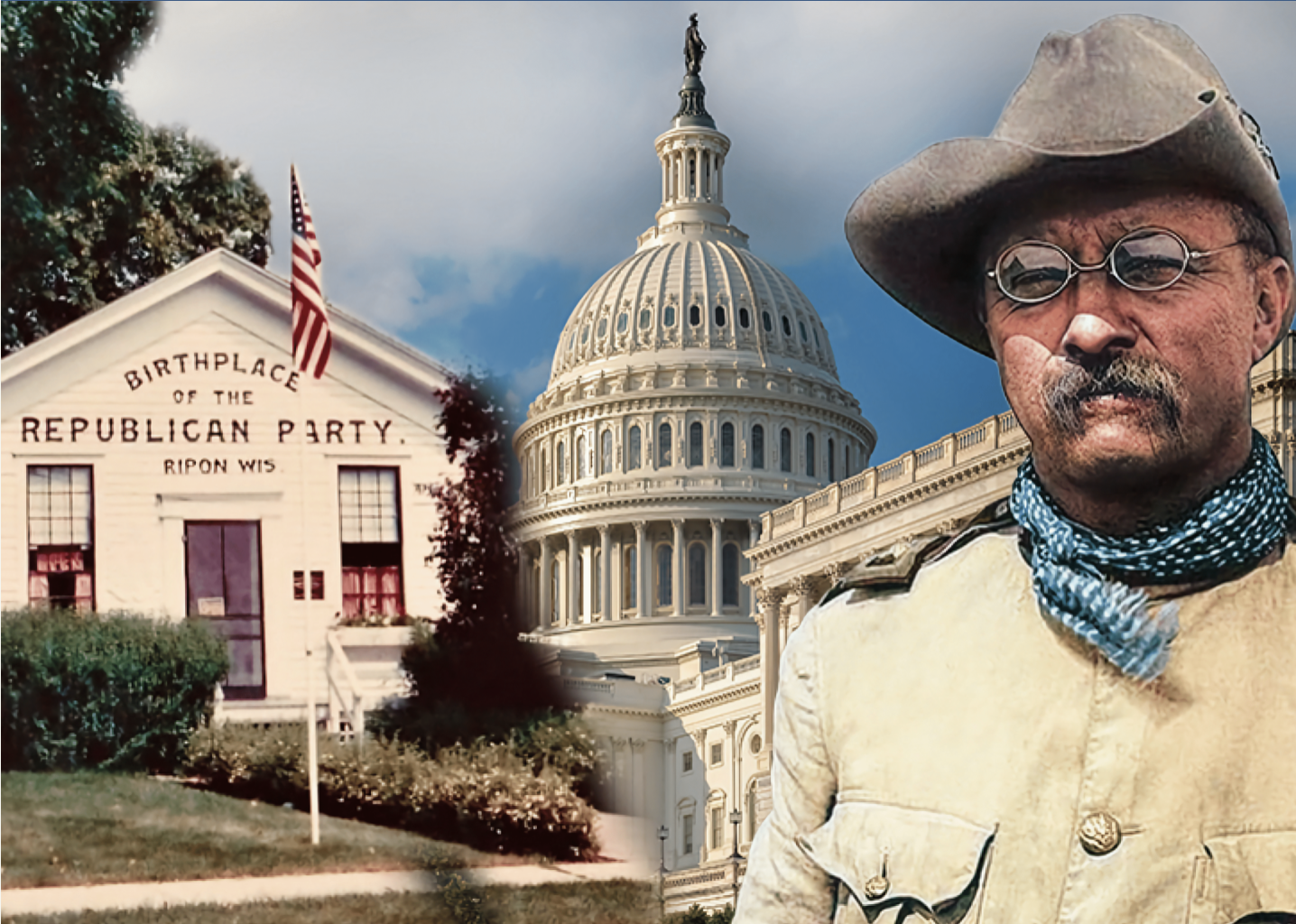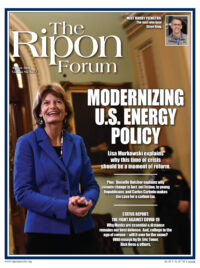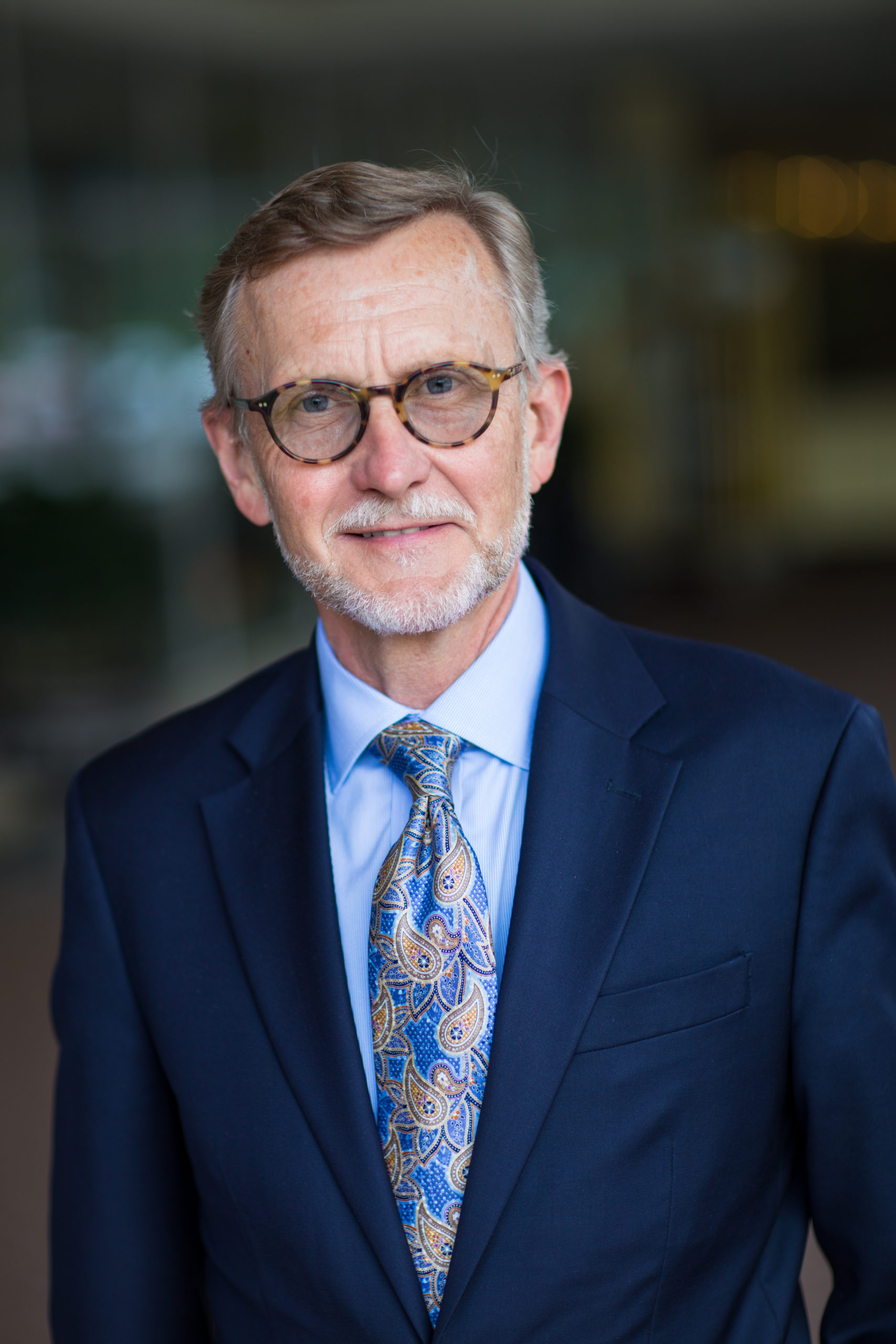
In 1961, President Kennedy declared that the U.S. would put a man on the moon before the end of the decade. At the time, that goal may have seemed impossibly far-fetched, but with the Soviet Union challenging our superiority in space, the nation rallied around that vision. And in 1969, Neil Armstrong made “one giant leap for mankind” and inspired a generation of Americans.
Yet in the decades since, America stopped dreaming big. Even in the face of a widely recognized infrastructure crisis, national representatives from both parties eschew plans for price tags, each one bigger than the last. Vague promises take the place of inspiring visions.
But vague promises aren’t enough. Our leaders, with few exceptions, have been kicking the proverbial maintenance can down the road for decades and the consequences are catching up to us. Our roads, bridges, and transit systems that people use everyday have a backlog of deferred maintenance that will cost an estimated $640 billion altogether.
We’re also facing the worst economic downturn since the Great Depression due to COVID-19; Americans need reliable, safe, and affordable connections to jobs and healthcare now more than ever. Smart investments in our roads and bridges, transit and passenger rail, and other critical infrastructure could help the country recover.
The key here is smart investments that will create jobs and long-term value. In April, Smart Growth America released six lessons and recommendations about using infrastructure investment to stimulate the economy based on an analysis of federal spending during the Great Recession. The main takeaways: some infrastructure investments create more jobs than others, and existing federal programs — which are the easiest to pump money into — are not well-designed to maximize job creation.
Research consistently finds that on average, road repair produces 16 percent more jobs per dollar than new road construction. Yet states keep using their funding to build new roads instead of repairing what we have. An infrastructure plan with a strict focus on repair could help put people back to work while fixing a perpetual source of frustration.
Research consistently finds that, on average, road repair produces 16 percent more jobs per dollar than new road construction.
Even more effective though would be investments in public transportation, like buses, subways, commuter rail, and passenger rail. These investments — both in new capacity and maintenance — create the most jobs per dollar, even more than road repair. A dollar spent on public transportation from the 2009 stimulus produced 70 percent more job hours than a dollar spent on highways. And public transportation is chronically underfunded at the federal level, leaving ample opportunities to build out more useful transportation networks that will bear fruits long after the construction is finished.
In the face of unprecedented unemployment and a worsening economic downturn, smart investments can produce jobs and connect people to opportunity. And once the thing is built, it’s the connections that are made which provide lasting value. Our national experience with highways proves this point.
In the 1950s, we set out to build a national network of highways. Four decades later, the interstate highway system was complete. The novel connections created by highways brought huge economic benefits, but each new mile of roadway since has brought diminishing returns while adding maintenance costs. And in metropolitan areas, new or wider highways actively undermine local economies, particularly in communities of color.
The real opportunity today is creating new connections by public transportation and passenger rail that federal funding has long neglected. In 2015, Senators Roger Wicker (R-MS) and Cory Booker (D-NJ) worked together to put funding for passenger rail into long-term policy for the first time, recognizing the potential that these investments have for the national economy. This is a bipartisan issue — or was.
In the face of unprecedented unemployment and a worsening economic downturn, smart investments can produce jobs and connect people to opportunity.
Today, I fear the federal government is focused on fracturing and undermining our national rail network instead of improving and expanding service. I recently worked with the Southern Rail Commission — and Senator Wicker — to bring passenger rail back to the Gulf Coast after it was wiped out by Hurricane Katrina 15 years ago. The benefits from a single 130-mile connection between New Orleans and Mobile, Ala. would outweigh the costs by more than 15 to 1 due to the economic activity, tourism, and manufacturing this new link will spur.
Imagine if we used an infrastructure plan to multiply that impact across the country: building and improving long-distance “spines” to support a national rail network with frequent, regional connections.
We face threats as a nation today just as we did nearly six decades ago. Yet instead of Soviets, the challenge we face today is an invisible virus. What we’re missing is the political imagination and leadership to set big goals and take us there. We’re missing our Moon shot.
Building a reliable, frequent, and comfortable national transportation system could be that Moon shot. Combining new public transportation and passenger rail with other investments that focus heavily on repairing our existing road and transit systems would be a winning recipe for this conservative.
John Robert Smith is the Chairman of Transportation for America, a program of Smart Growth America. He was a four-term mayor of Meridian, MS, 1993-2009, and served on the Board of Amtrak, 1998-2003, the last two years as chairman.
